
Meili Snow Mountains
Meili Snow Mountain towers over the landscape in the west of Deqin County (Shangri-la) in the Tibetan Autonomous Prefecture. Also known as 'Prince Snow Mountain', it is the most sacred mountain in the world. Meili Mountain has long been famous for Kang Karpo Peak, Yunnan's tallest mountain - 6,740m above sea level. Among one of the eight sacred mountains the Tibetans worship, it looks like gilded when the sun rises. There are 13 lesser peaks around it, each more than 6,000m above sea level.
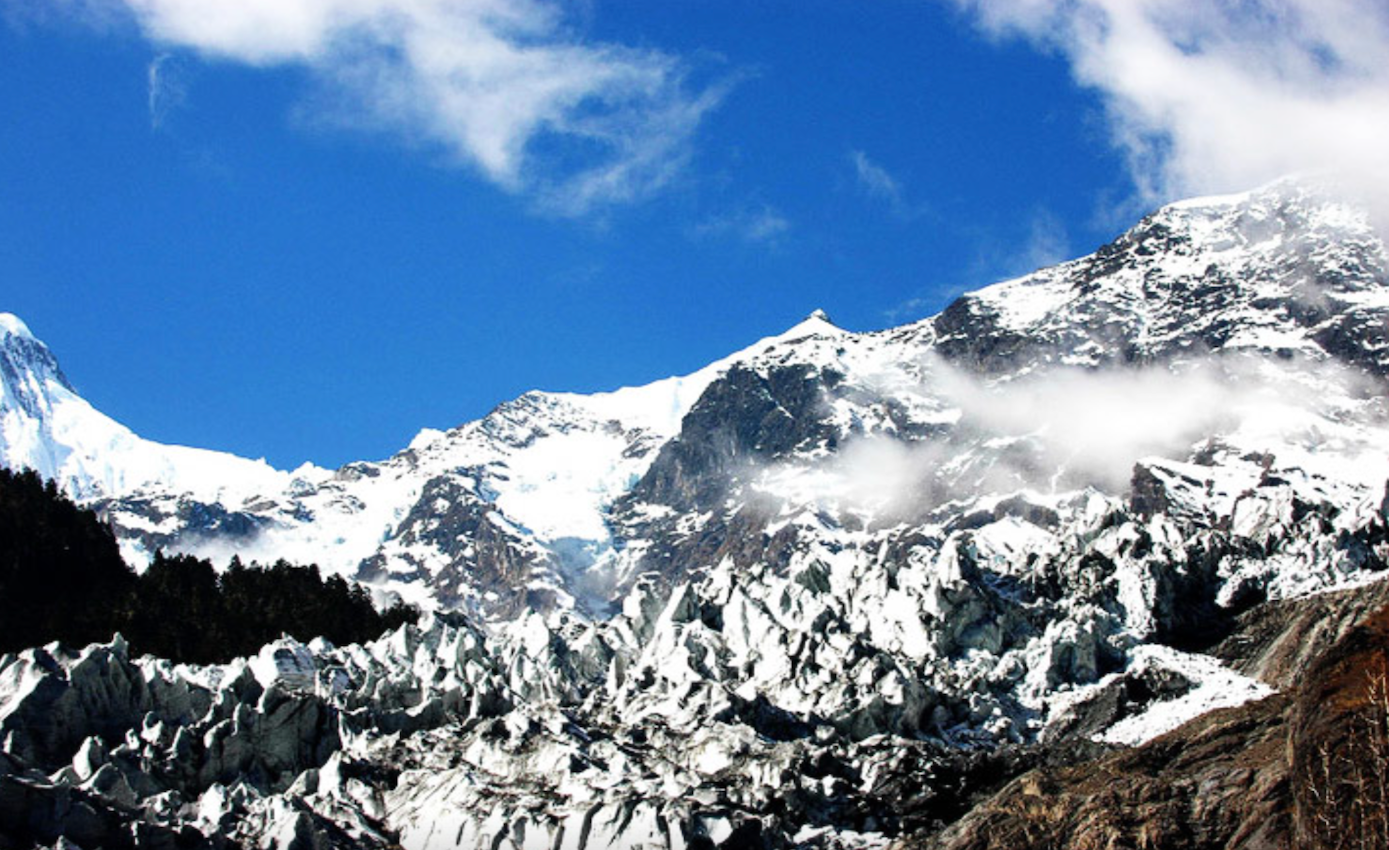
Meili Snow Mountain is located in the “Three Parallel Rivers” area of Jinsha River, Lacang River, and Nujiang River is the north-south direction of the vast snow-capped mountains, the north range called Meili Snow Mountain, a middle-range called Prince Snow Mountain, the southern range called Biluo Snow Mountain, and the north range to Tibet Adong Geni Mountain. There are 13 mountains at an average altitude of 6000 meters above which are called “13 Prince Peaks”. The main peak is 6740 meters above sea level, 98.6 ° east longitude, 28.4 °north latitudes.
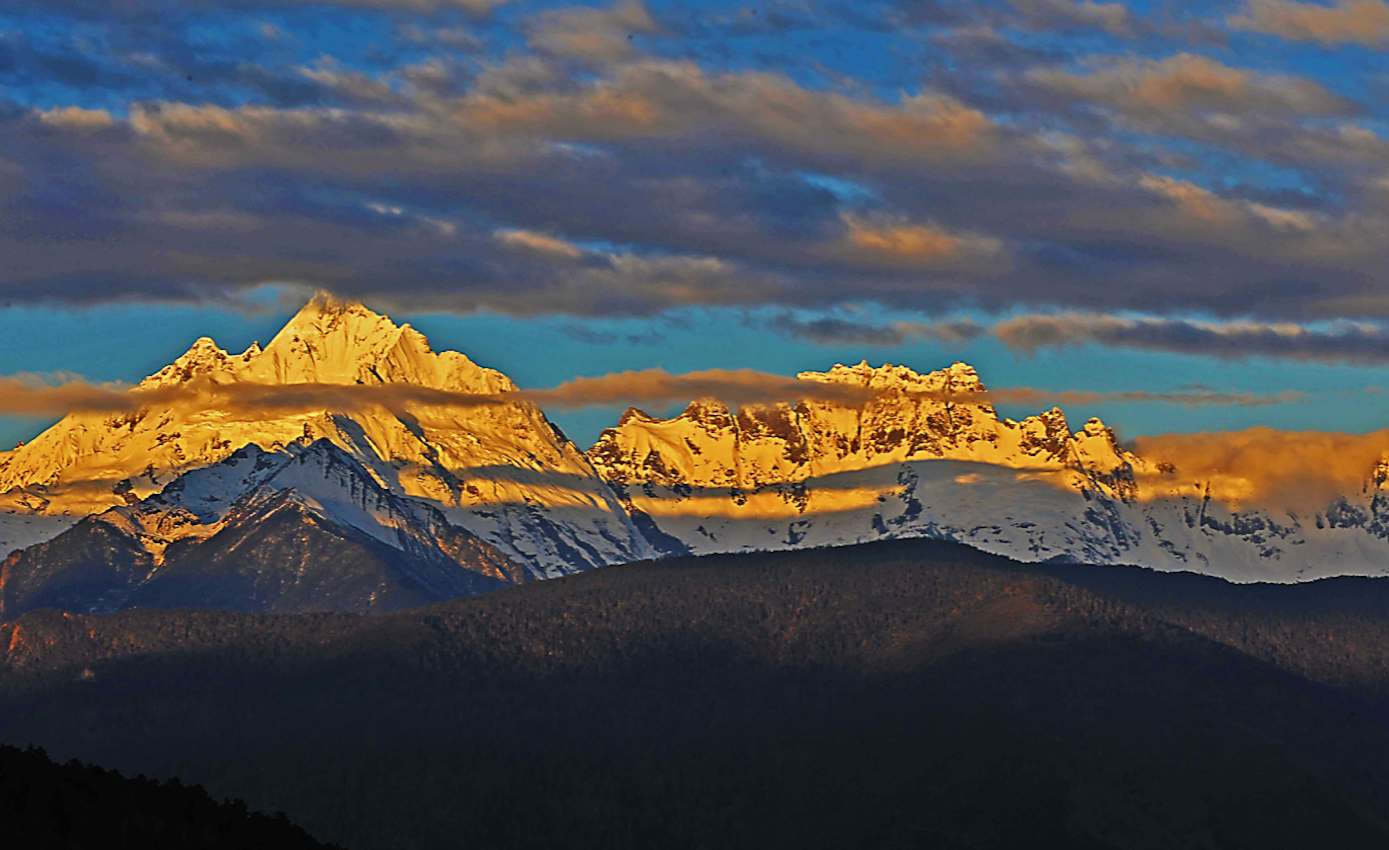
Humans conquered Mt. Qomolangma, the world's tallest mountain, a long time ago but no one has climbed Kang Karpo Peak, which is protected by perpendicular cliffs and a treacherous climate. The peak remains mysterious and elusive because it's constantly surrounded by clouds and mist. Beneath the peak, the Mingyong and Sinong glaciers stretch down to the forest at an elevation of 2,700m, only 800m from Lancang River. It's rare to find permanent glaciers at such a low latitude and they're definitely worth to visit.
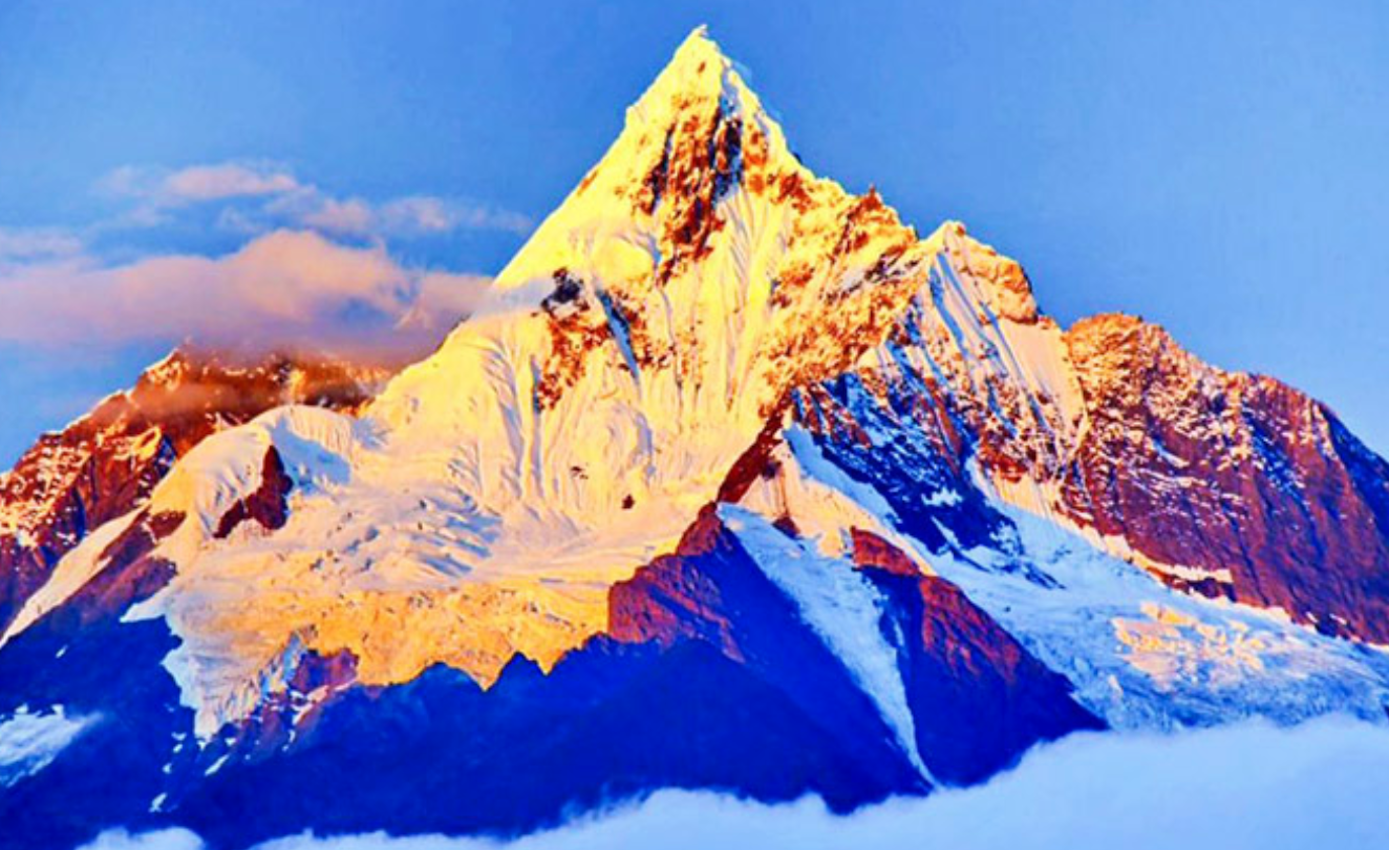
The mountains possess some of the region's highest diversity plants. They also provide a habitat for many wild animals. As you breathe the extremely fresh air, you can imagine how the pilgrims feel when they walk their spiritual pilgrimages to the Meili Mountains. There is a sense of togetherness, perfect harmony with Mother Nature.
Meili Snow Mountain has a rich variety of plants, the forest coverage rate is high, the perpendicular band spectrum is developed: alpine ice and snow zone, 4600 ~ 6740 meters above sea level, there is no vegetation or only a small amount of alpine cushion vegetation growing; Alpine meadow thickets subzone, 4200 ~ 4600 meters above sea level, there are growing weeds, red-spotted stonecrop, lichen, pedicular, etc.; Cold temperature dark coniferous forest zone, 3100 ~ 4400 meters above sea level, there are spruce, fir, hemlock, and larch, sikang pine and azalea, arrow bamboos, red birch, oak, etc; Needle leaf mixed forest zones, at an altitude of 2500 (or 2800 meters) ~ 3100 m, there re Lijiang spruce, Yunnan hemlock, Douglas fir, yew, and other conifers and so on; Arid valley thickets, 2000 ~ 2500 meters above sea level (or 2800 meters).
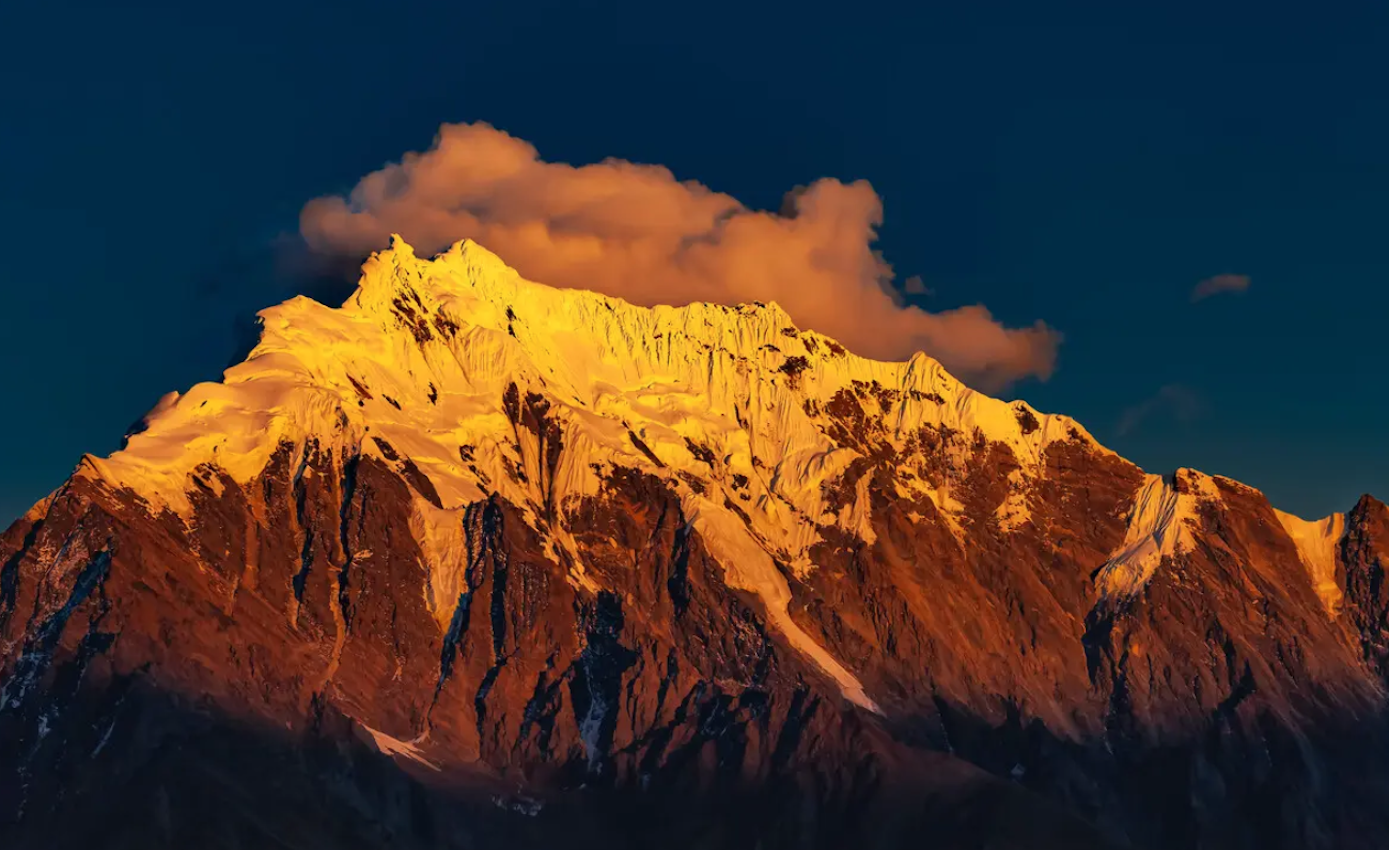
There are first-grade state protection animals, like the leopard, clouded leopards, and takin, secondary protection animals like black bear, leeser panda, lynx, tawny musk deer, zibet, rasse, and the rare tetraophasis, and crested hawk, kestrels, ithaginis, and other 113 kinds of lovely birds. American National Geographic Magazine listed it as one of five pieces of "the last pure land" in the world.
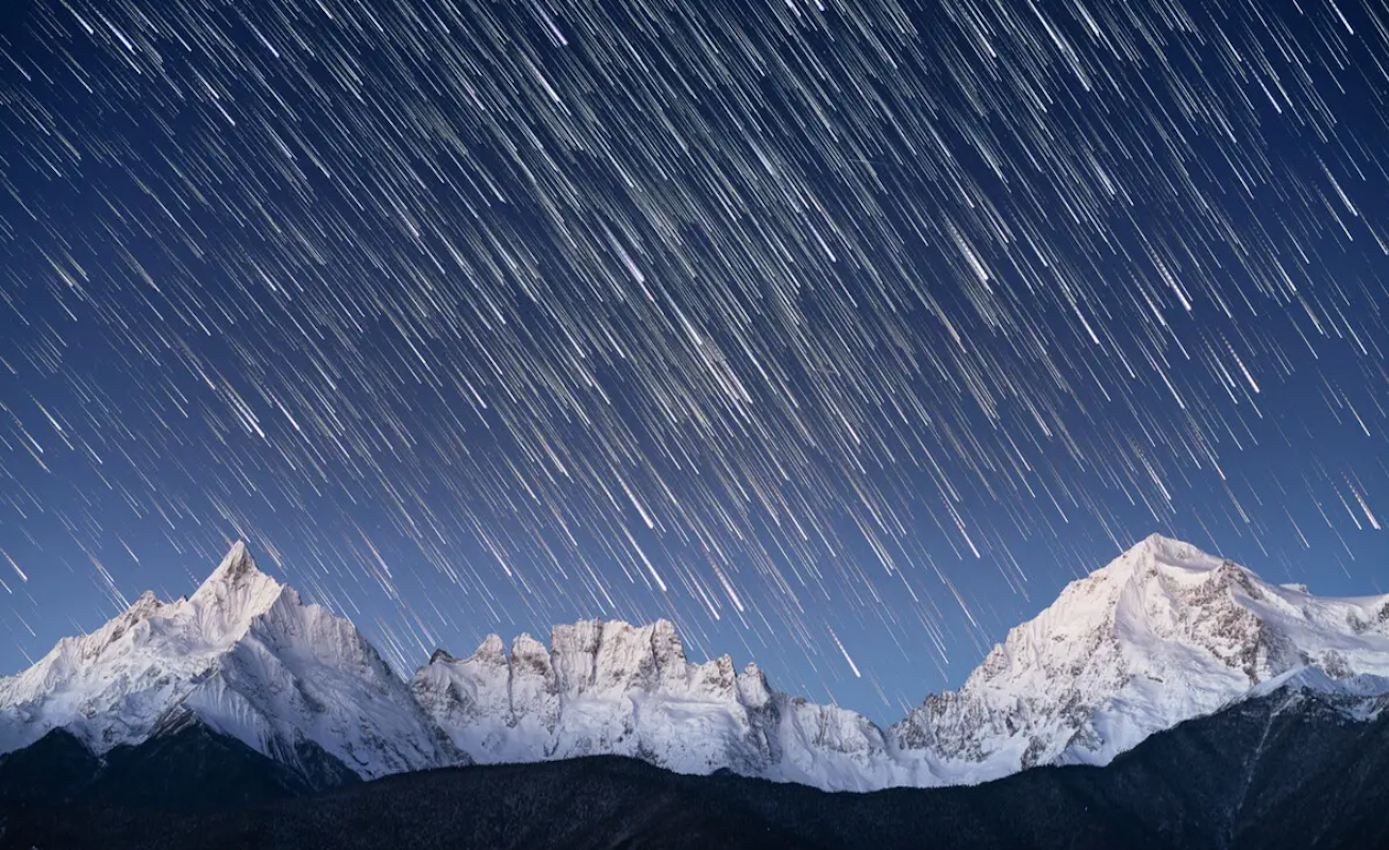
The best season for visiting Meili Mountain is from January to May, during the time it has snow-capped peaks, dense forests, vast grasslands, and beautiful wildflowers. The rainy summer season makes the trail muddy and difficult. The place is also nice from mid-October to mid-November when it is covered with marvelous autumn colors. Winter is cold and heavy snowfalls may block roads and isolate the region for weeks or months.
Reference: Top China Travel
Photo Resource: Internet
If there's any copyright issue involved, please contact us to delete.



